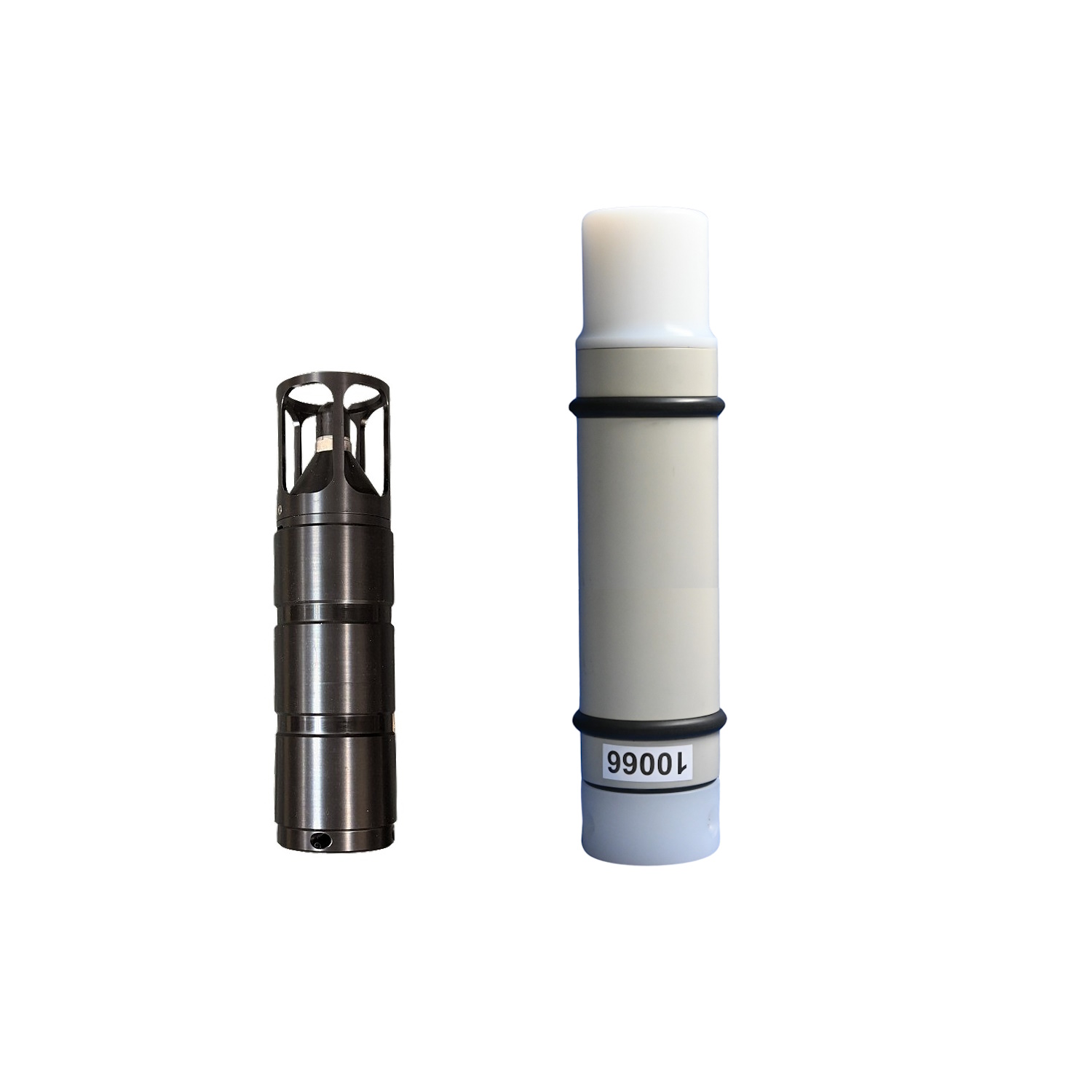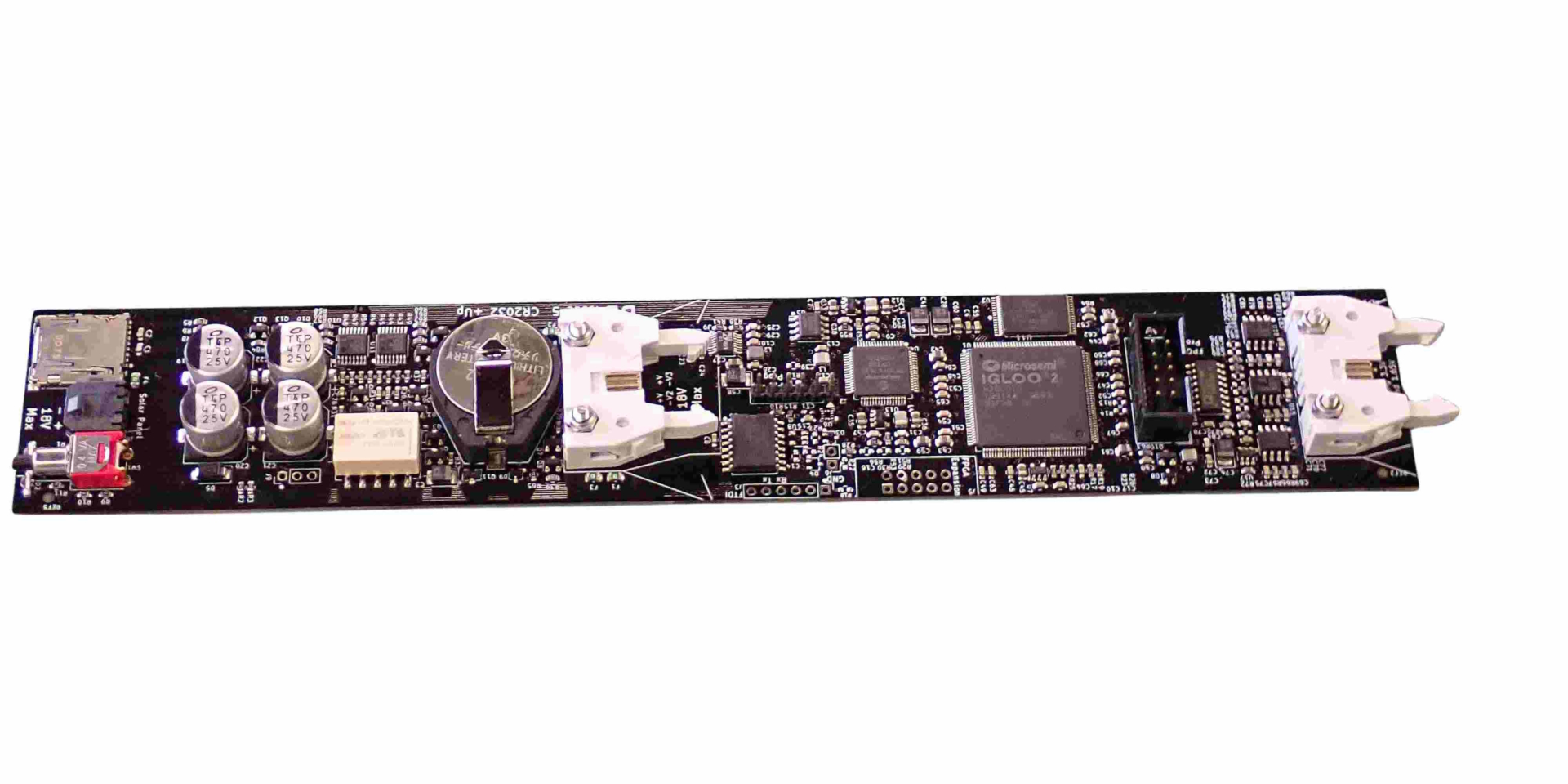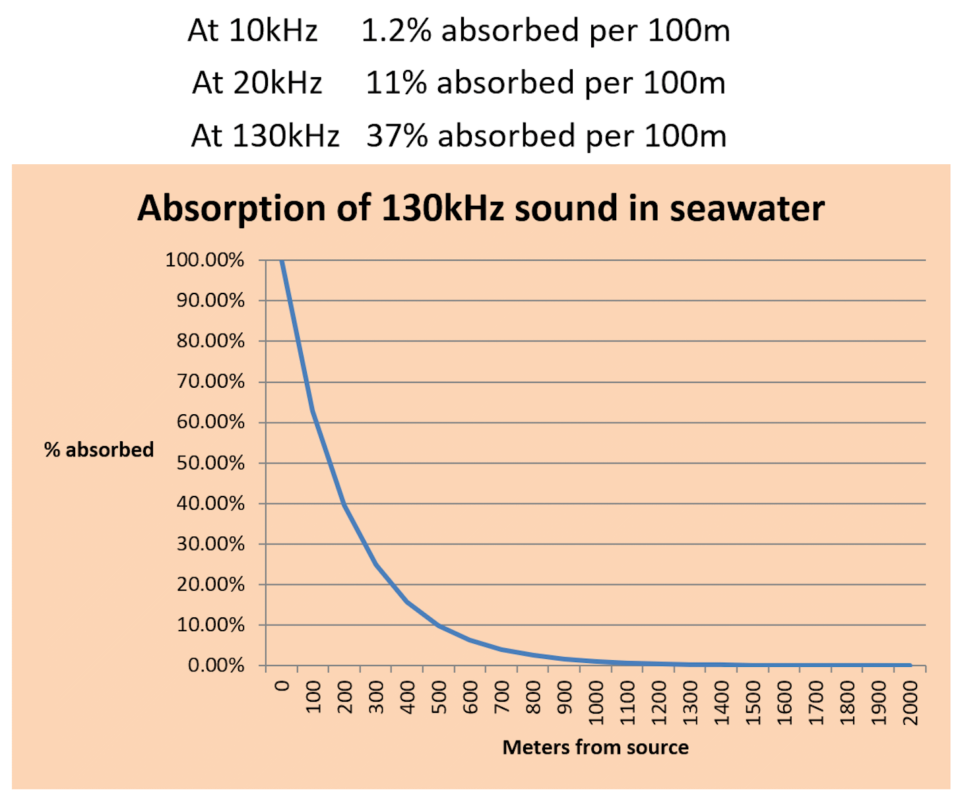Standard sound loggers produce WAVE files e.g. ‘20120717_211400.wav’ that consist of a long series of values of the sound pressure sampled at uniform time intervals. The image above shows Common Dolphin whistles. Each line is the profile of frequencies of a whistle and you can see multiple repeats of more than one shape.
F-PODs and BatBugs also sample regularly, and do this at 1million samples per second. They then ‘decide’ in real time what to store, and construct a very precise, brief, summary of the key characteristics of that acoustic event.
The advantages are that the data volume from the F-POD is typically 0.1% or less of the .wav file, while the data also has greater precision. The disadvantage is that the Fourier Transform (FFT) cannot be directly applied to give a full spectrum of the constituent frequencies. That ‘frequency domain’ representation is very valuable, and often essential, for many lower frequency, longer, sounds such as dolphin whistles.
For clicks the challenges are different. There are no kinds of click made by cetaceans that do not also appear sometimes from non-cetacean sources. The PODs solve this ‘false positive’ problem by finding the sequences – ‘trains’ – of clicks that cetaceans make. Trains are recognised by their ‘coherence’ – how similar each click is the one before and the one after. Precise time domain data gives power to the assessment of coherence and is a major factor in achieving the very low false positive rates delivered by the F-POD’s KERNO-F classifier. At present there are no automated analysis processes for WAVE data that match the sensitivity and specificity of the F-POD + KERNO-F classifier.
The BatBug selects bat calls, also in real time, and stores the same very precise values for every wavelength in the call, giving unprecedented detail in the frequency profile of the call. Those calls are selected on the basis of being narrow-band frequency sweeps. Some calls from small mammals – dormice, shrews etc., and from crickets can also have similar bandwidth and get selected and stored.

Sound recorders
Sound recorders log the pressure of the sound wave at intervals set by the sampling rate. For porpoise clicks (NBHF clicks) and the highest frequencies of bat calls, a rate of 400,000/s or more is needed.
Sound is sampled continuously and, for example, at 500k/s sampling or above produces .wav files at 100GB/day that can show good detail of dolphin and porpoise clicks.
Lower frequency, longer, sounds, such as dolphin whistles are also captured in full detail. But the huge data volumes are a problem.
The image shows a SoundTrap and a C-Sound.

F-PODs and BatBugs
F-PODs and BatBugs sample sound at 1million samples/second and ‘upsample’ that to 4million/s to give the blue dots on the waveform shown. Real time logic finds the red points and the time and amplitude of selected points are stored.
F-PODs select sounds that may be cetacean clicks and store summaries of each. This requires less than 1GB/10 days.
BatBugs store the wave period (wavelength in seconds) of each cycle in every bat call.
Sound absorption

Seawater absorbs sound faster at higher frequencies. Broadband ultra-sounds, like dolphin clicks, consequently have a lower frequency peak when the dolphin is distant.
Porpoise clicks - NBHF - being narrowband and high get weaker faster with distance, but don't show a significant downward shift in frequency.